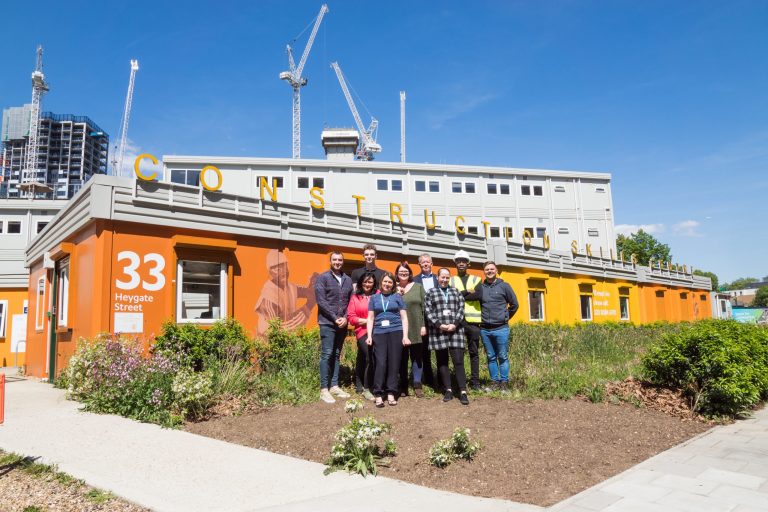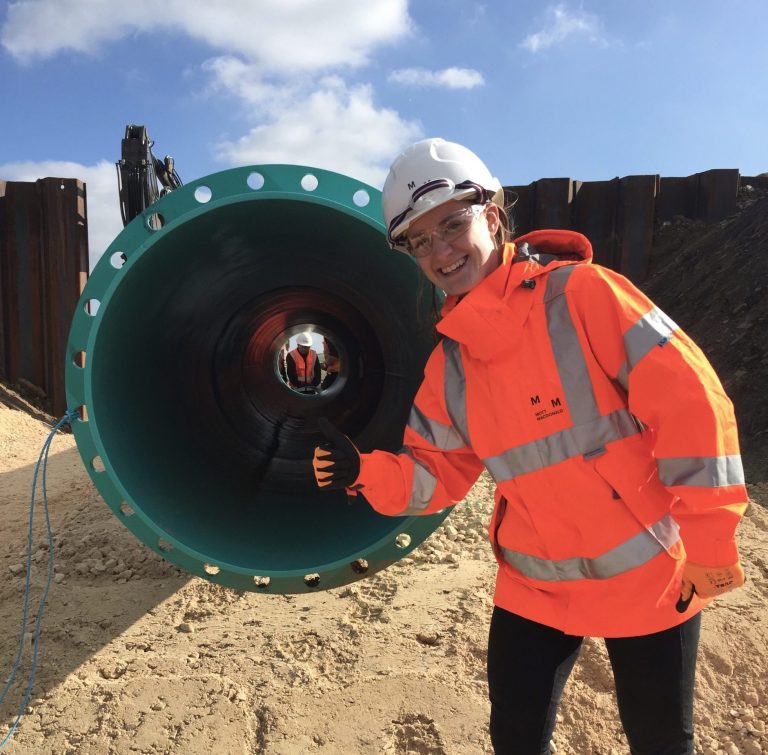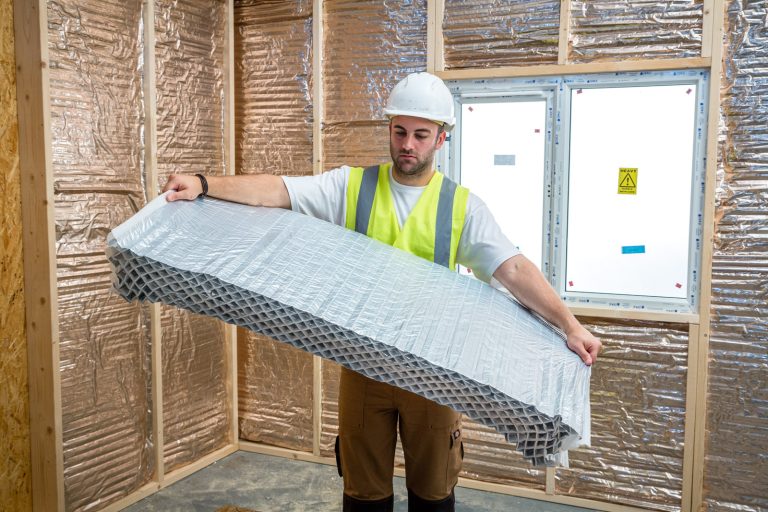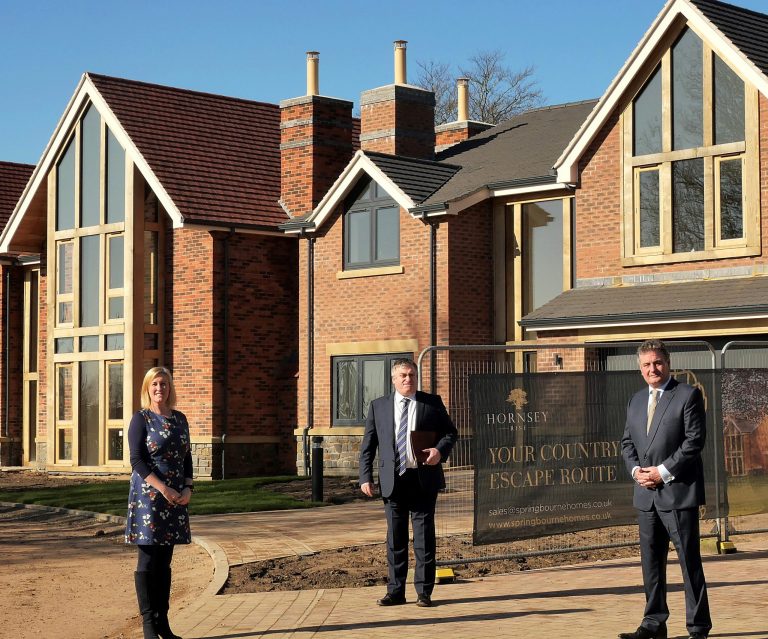Southwark Construction Skills Centre (SCSC) is moving from its original base at Elephant Park, to a new home at Canada Water. SCSC has been at the site in Elephant Park since 2016 and has been supported by major contractor Lendlease in providing training and upskilling to those interested in a career in construction. During this time, SCSC has contributed £40 million in social value to the local economy, training more than 10,000 residents, and helped to create more than 3,000 jobs in the construction sector. Now the community-centred skills and training centre, supported by Southwark Council and run by The Skills Centre, is set to move to its new home at Hawker House, Canada Water in April, in support of the British Land Canada Water Masterplan. “The aim was always to move the training facility to support additional projects in Southwark and this is the first move it has made since opening in 2016 – and we’re hugely excited about becoming a meaningful part of the community at Canada Water,” said Jon Howlin, Managing Director of The Skills Centre, which runs SCSC. “It has been an honour to work with the Elephant Park community and to help so many people learn new skills and train to gain great jobs in the construction industry – we’ve simply had the best experience. The Skills Centre now looks forward to doing the same again for the community at Canada Water.” SCSC will be offering the same opportunities at Canada Water as it did in Elephant Park, with employment prospects, apprenticeships and pre-employment training for local residents, as well as continuing its schools’ programme; inspiring Southwark school children to consider the varied jobs on offer through a career in construction. The move is a joint initiative between The Skills Centre, Southwark Council, British Land, and Art Invest. “Thousands of our residents have walked through the doors of Southwark Construction Skills Centre at Elephant Park to receive expert training and support, with many going on to secure real jobs at sites across the Borough,” commented Councillor Rebecca Lury, Southwark Council’s Cabinet Member for Finance, Business & Jobs. “With a 20-year programme of construction work at Canada Water, one of the Council’s largest regeneration schemes, this is an ideal location for creating an exciting training venue for our residents. I’m excited to see SCSC and The Skills Centre go from strength to strength, with the help of new partners British Land and Art-Invest to create opportunities for residents from across the Borough.” Canada Water Masterplan is a joint initiative between Southwark Council and British Land, working closely with Art-Invest, to develop a 53-acre scheme that will deliver workspace to accommodate around 20,000 jobs, retail, leisure, entertainment, education and community spaces. There will be around 3,000 new homes, of which 35% will be affordable, as well as 12 acres of open space and a new town centre for Southwark; the first new town centre built in London for more than 100 years. Construction of the new centre in Canada Water will begin in April, with a planned opening on June 21st. Opening hours will be from 8.30am to 5pm Monday to Friday, with community-based activities planned for Saturdays. Local residents will also have access to a digital library, basic digital training as well as use of computer equipment, which will all be free. The centre will be run in a Covid-safe way, with Covid safety training also provided.














